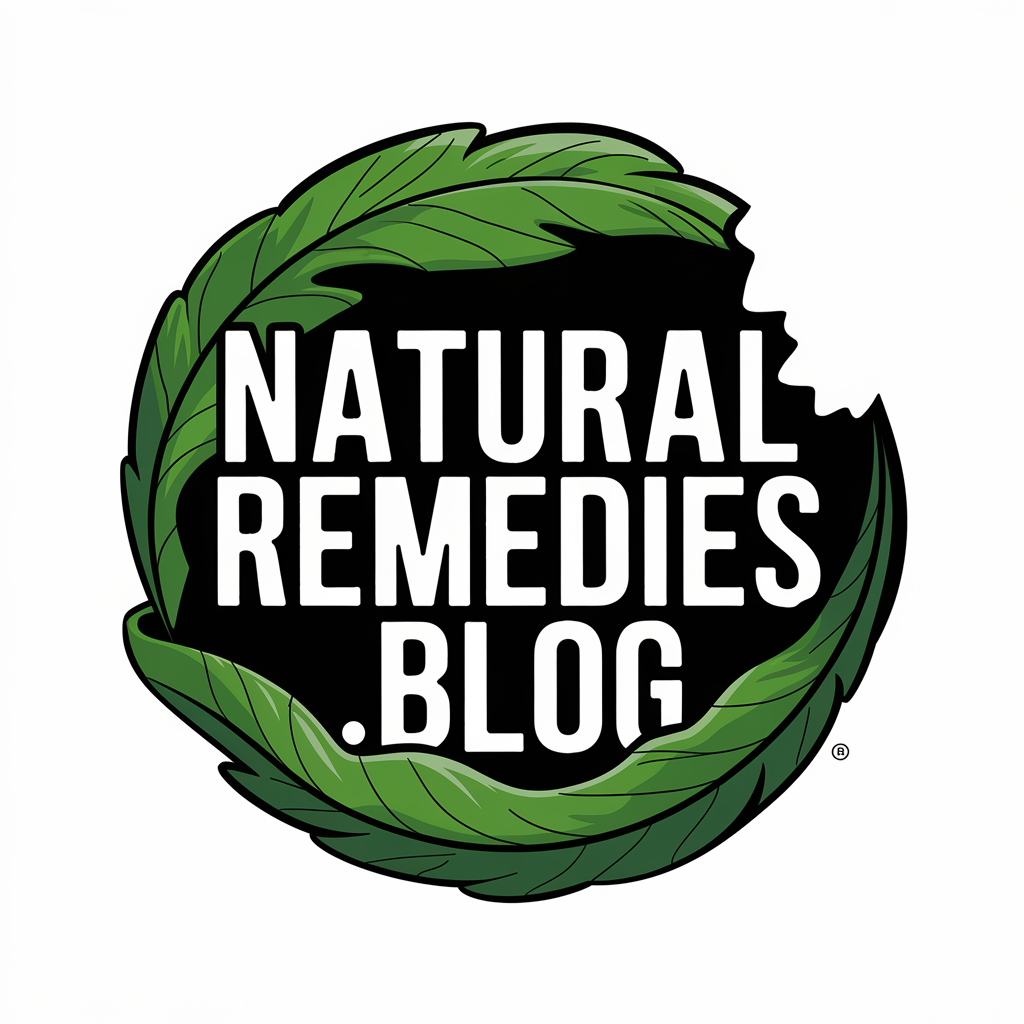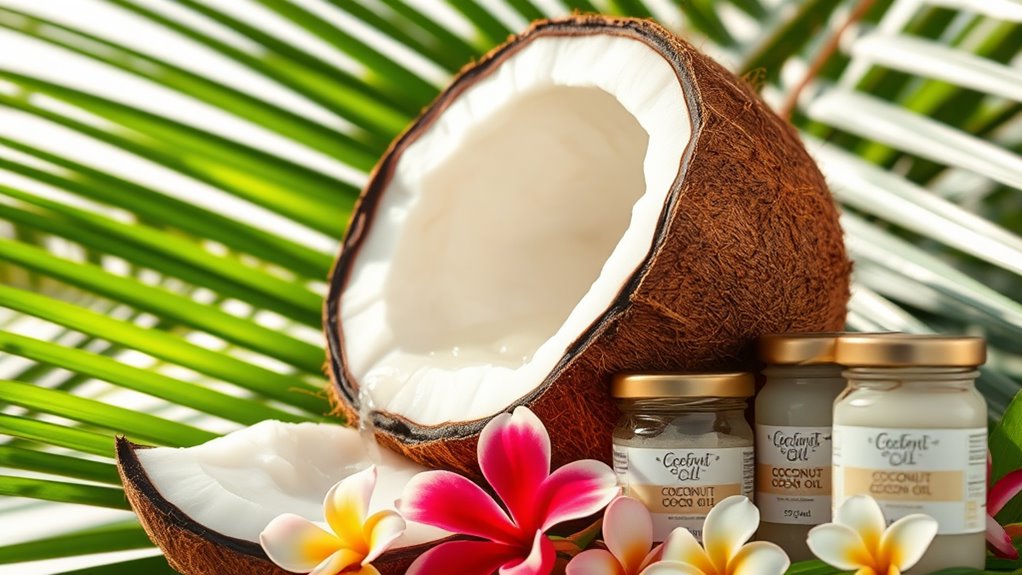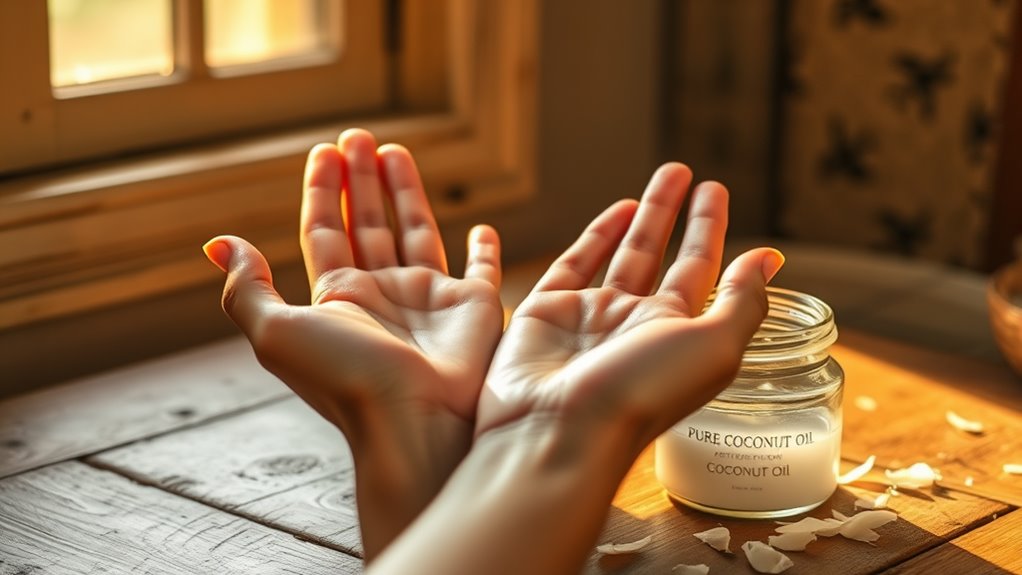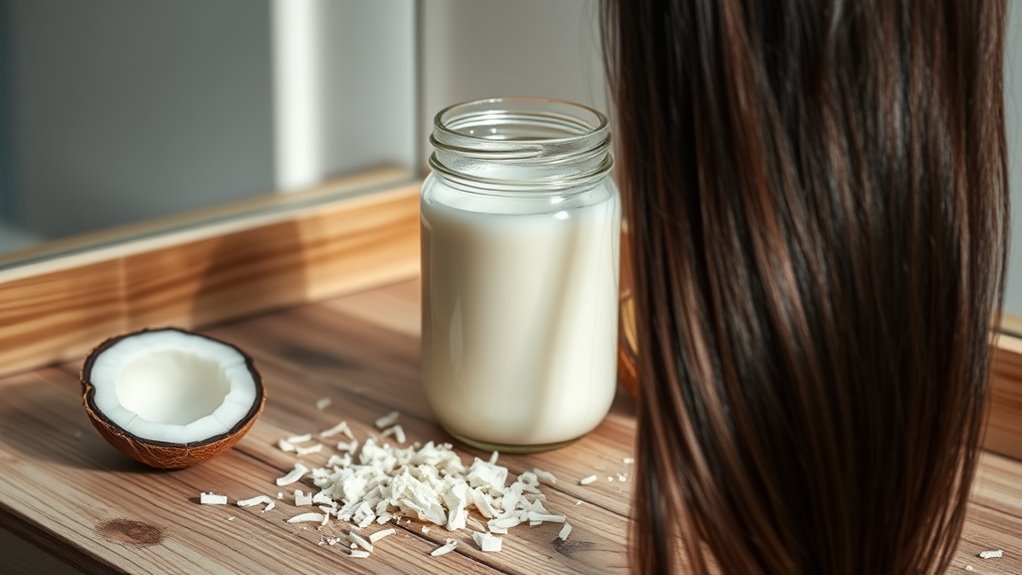Coconut Oil Pulling Trick for Healthier Gums
While modern dental care relies heavily on synthetic products, an ancient Ayurvedic practice called oil pulling has gained scientific backing for improving oral health. You’ll find that this technique, which involves swishing coconut oil in your mouth, effectively combats harmful bacteria and reduces inflammation. Though it might seem unconventional at first, research shows that oil pulling’s antimicrobial properties can transform your gum health – and the evidence behind this method reveals why.
What Is Oil Pulling and Its Ancient Origins
Although oil pulling has gained popularity in recent Western wellness circles, this traditional oral hygiene practice originated in ancient Ayurvedic medicine over 3,000 years ago.
When you perform coconut oil pulling, you’ll swish 1-2 tablespoons of oil in your mouth for 15-20 minutes before spitting it out.
The Sanskrit texts refer to this practice as “Gandusha” or “Kavala Graha,” describing it as a method to remove toxins and maintain oral health.
The technique draws its name from the concept of “pulling” bacteria, debris, and harmful substances from your mouth’s tissues through the mechanical action of swishing oil, making it a valuable addition to your oral hygiene routine.
The Science Behind Coconut Oil’s Antibacterial Properties
While many traditional remedies lack scientific backing, coconut oil’s antimicrobial properties are well-documented in peer-reviewed research. The key component, lauric acid, makes up nearly 50% of coconut oil’s structure and breaks down into monolaurin, which effectively disrupts bacterial cell walls.
| Compound | Action | Effect |
|---|---|---|
| Lauric Acid | Penetrates membranes | Kills bacteria |
| Monolaurin | Disrupts cell walls | Prevents growth |
| MCTs | Reduces inflammation | Heals tissue |
| Caprylic Acid | Antifungal activity | Fights infection |
Additionally, its effectiveness can be attributed to the triple action benefit of physically removing bacteria, chemically fighting pathogens, and reducing inflammation, making coconut oil particularly beneficial for oral health. You’ll find these compounds work synergistically to combat harmful oral bacteria like Streptococcus mutans and Candida albicans, considerably reducing plaque formation and gum inflammation.
Step-by-Step Guide to Proper Oil Pulling Technique
Practicing oil pulling correctly requires following a specific sequence of steps to maximize its therapeutic benefits.
The process involves using a precise amount of oil and specific timing for ideal results.
-
Measure 1 tablespoon of virgin coconut oil and place it in your mouth first thing in the morning, before eating or drinking.
-
Swish the oil gently between your teeth for 15-20 minutes, being careful not to swallow.
-
Spit the oil into a trash can (never into a sink as it can clog pipes).
-
Rinse your mouth thoroughly with warm water, then brush your teeth as normal. Additionally, coconut oil’s unique lauric acid content makes it particularly effective against harmful bacteria in your mouth.
Benefits of Oil Pulling for Gum Health
Recent clinical studies suggest that oil pulling with coconut oil offers multiple benefits for gum health through its antimicrobial and anti-inflammatory properties.
You’ll notice reduced plaque buildup and gingivitis symptoms when practicing oil pulling regularly. The lauric acid in coconut oil effectively combats harmful bacteria like Streptococcus mutans, which cause gum disease.
This practice also decreases gum bleeding and inflammation while promoting healthier gum tissue. The mechanical action of swishing helps remove toxins from your gum pockets, while the oil’s natural compounds strengthen your gums’ protective barrier.
You’ll experience fresher breath and improved gum color as the oil neutralizes acidic compounds that damage oral tissues. Additionally, regular oil pulling demonstrates a substantial decrease in oral bacteria, ultimately enhancing your overall gum health.
Best Time and Duration for Oil Pulling Practice
To maximize the benefits of oil pulling for your gums, timing and proper duration matter considerably.
The ancient Ayurvedic practice recommends specific parameters for ideal results.
- Perform oil pulling first thing in the morning, before eating or drinking anything.
- Swish the coconut oil for 15-20 minutes, no shorter and no longer.
- Schedule your practice before your morning oral hygiene routine.
- If morning isn’t possible, do it on an empty stomach at least 4 hours after eating.
Research indicates these timing guidelines help guarantee maximum bacterial binding and toxin removal while preventing the reabsorption of released compounds into your system. Additionally, optimal practice aligns with the body’s natural defense mechanisms, enhancing the overall effectiveness of oil pulling.
Common Mistakes to Avoid During Oil Pulling
While oil pulling offers significant oral health benefits, many practitioners make critical errors that can reduce its effectiveness or potentially cause problems. You’ll want to avoid these common pitfalls to maximize results and guarantee safety.
| Mistake | Consequence | Solution |
|---|---|---|
| Swallowing oil | Ingestion of toxins | Spit oil into trash |
| Using hot oil | Burns oral tissue | Use room temperature |
| Short duration | Reduced benefits | Pull for 15-20 mins |
| Wrong timing | Less detoxification | Practice on empty stomach |
| Aggressive swishing | Jaw strain/TMJ | Use gentle movements |
Remember to use only high-quality coconut oil and maintain proper swishing technique throughout the session to achieve the best results.
Combining Oil Pulling With Your Daily Oral Care Routine
Integrating oil pulling into your existing oral care routine requires strategic timing and proper sequencing of activities for maximum effectiveness.
To optimize your oral care regimen, follow this evidence-based sequence:
- Perform oil pulling first thing in the morning, before eating or drinking anything.
- Wait 30 minutes after oil pulling before brushing teeth or using mouthwash.
- Brush teeth with fluoride toothpaste and floss as normally scheduled.
- Consider a second oil pulling session before bedtime, at least 2 hours after your last meal.
This sequence helps maintain proper pH levels in your mouth while maximizing the antimicrobial benefits of both oil pulling and conventional oral care methods.







